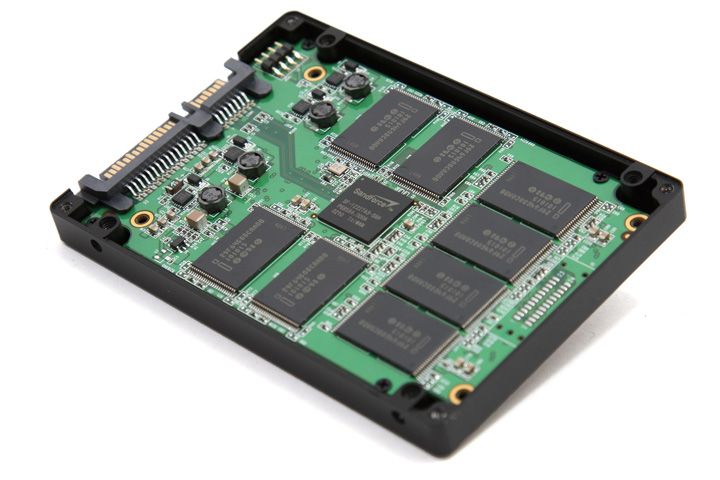Introduction

Testing the Phoenix PRO 120GB SSD
Here at Guru3D.com we have been evangelizing SSDs (Solid State Disk) for roughly two years now. To date it is technology that caught our attention from the get-go, and while in it's initial stages there where a few child diseases to be squashed anno 2010 we feel it is very safe to say that investing in an SSD is probably one of the best things you can do to speedup your OS and application loading times with really significant numbers. The perfect balance we feel is to use a fast SSD for your operating system and main applications, and then add a nice phat HDD for mass storage of your movies, music and large content.
The SSD tested today once again is the Phoenix series from G.Skill. After we tested their 100GB Phoenix SSD (which received a very positive review) G.Skill instantly requested if we would like to review the 120GB PRO model. Both drives pretty much are the same thing, same controller ... The trick is that there is 20GB extra volume space available on the new 120GB Pro (compared to the 100GB model) for nearly the same price. A new Firmware for the SandForce 1200 based controller that is inside this 120GB model simply reserves less NAND flash memory for its data-compression scheme. As a result the overall write performance could be a tiny bit slower, but only a few percent as best. It however will give you 20 GB more space to play around with at the same price. And since price per GB is everything in the land of SSDs -- this certainly is a significant for any vendor and for you as an end-user.
Ever since a year or two every now and then this relatively small company G.Skill rears it's head and bam .. show a really impressive product, always at a sharp price compared to the competition.
Right up-to this moment we have tested a decent amount of SandForce based products, some with extraordinary performance, other lacking a little. No matter how we test the SF1200 based products, they all are showing really interesting gains in performance. The SandForce based products by all means are not little wonders and miracles in each and every segment, but on some levels they make a distinct difference oppose to JMicron and Indilinx products.
Certainly when it comes to productivity on your PC, that's where the SandForce 1200 products seem to really kick in. We test GSkill's latest offering, and previously tested Corsair, OCZ and ADATA's SF1200 products as well.
The Phoenix Series of SSDs from G.Skill initially where available in capacities of 50 GB and 100GB and support the TRIM command in Windows 7, which helps to maintain optimal performance over the drives lifetime. We test the all new 120GB model, will it be slower, faster or the same ? Let's go and find out.
Let's have a peek at the product and then head on over to the next page where we'll startup this review.

